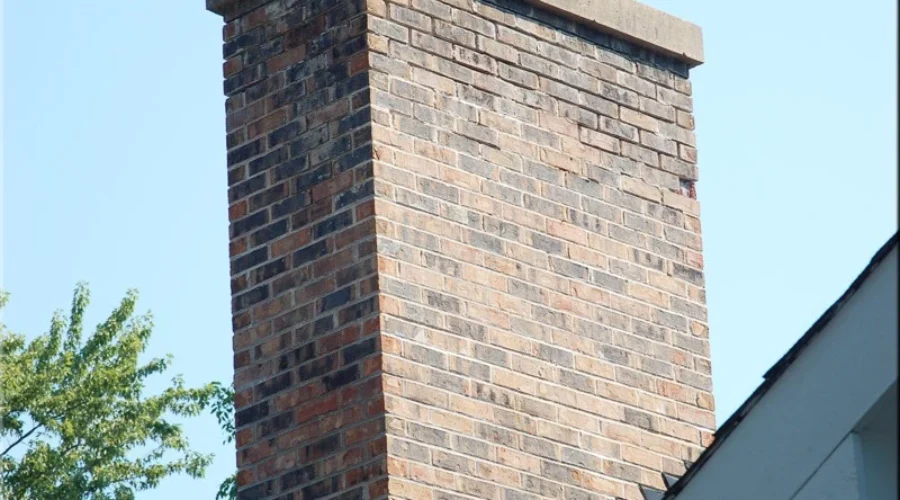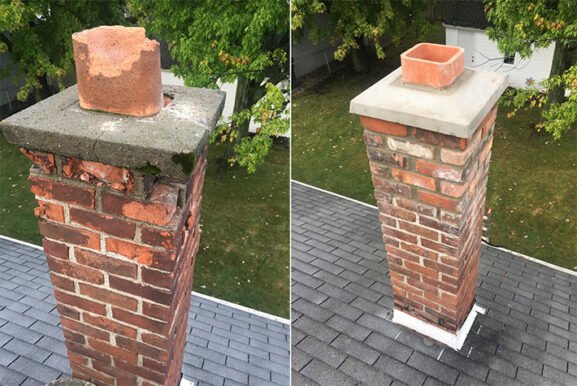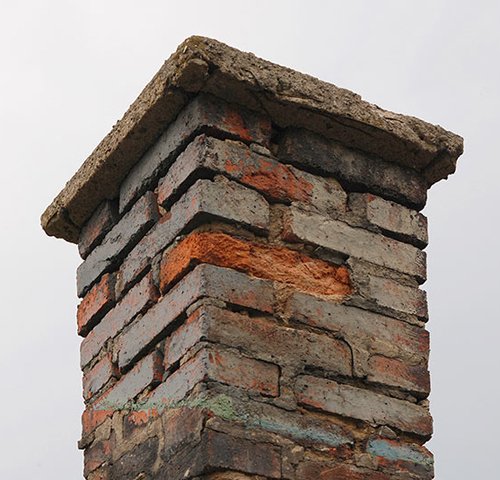Why Chimney Repair in North Great River Should Not Be Ignored Any Longer
Key Takeaways
- Delaying chimney repair in North Great River can lead to major structural and safety hazards.
- The region’s weather patterns make regular chimney inspections and maintenance especially important.
- Understanding the types of chimney issues common in older Long Island homes can help you act proactively.
- Professional inspections help catch problems early and preserve long-term home value.
Understanding Chimney Issues in North Great River
North Great River, located on Long Island, experiences a range of weather conditions that directly impact the health of chimney structures. Between harsh winters and humid summers, masonry chimneys and their components take a beating throughout the year. This wear and tear can lead to damage that often goes unnoticed until it becomes serious.
Local homeowners often overlook early warning signs like crumbling mortar, rusting flashing, or small cracks in the chimney crown. These issues may seem minor, but they often indicate more significant problems inside the chimney system, including hidden water damage or deterioration of the flue liner.
Because many homes in the area were built decades ago, chimneys are frequently original to the property. Without regular inspections, these aging structures may be silently compromising the home’s safety and energy efficiency.
The Cost of Waiting on Chimney Repairs
One of the biggest misconceptions among homeowners is that chimney damage is mainly cosmetic or seasonal. In reality, chimney problems are progressive. For example, a small crack in the crown can allow water to seep into the masonry, freeze during winter, and expand the damage significantly. This process, known as the freeze-thaw cycle, is a leading cause of structural chimney issues on Long Island.
Delaying chimney repairs can also affect your heating efficiency. A damaged flue or damper can let warm air escape, forcing your heating system to work harder. This not only raises utility bills but increases carbon monoxide risks if combustion gases are not venting properly.
Investing in timely repairs or annual maintenance helps prevent such costly consequences. According to the Chimney Safety Institute of America, regular chimney inspections are critical for fire prevention and proper ventilation. Homeowners should view repairs not as a luxury but as a safety measure and a step toward maintaining their property’s long-term value (CSIA).
Common Chimney Problems in Suffolk County Homes
In North Great River and other Suffolk County neighborhoods, specific chimney issues tend to arise due to the age of the homes and proximity to the coast. These include:
Water Penetration and Moisture Damage
Water is the top enemy of masonry chimneys. Whether it’s from rain, snow, or humidity, moisture finds its way into cracks, gaps in flashing, or porous brickwork. Over time, it causes mortar to deteriorate, metal components to rust, and internal liners to fail.
Damaged Chimney Crowns
The concrete or mortar crown at the top of your chimney is meant to keep water out. When it cracks or erodes, water infiltrates the flue system and damages the structure below.
Flashing Failures
Flashing is the metal seal between your chimney and the roof. Improperly installed or corroded flashing leads to leaks that often manifest as ceiling stains or attic mold. Flashing issues are especially common in homes with older roofing.
Creosote Buildup
For wood-burning fireplaces, creosote buildup is a serious fire hazard. This flammable substance forms on chimney walls over time and must be removed through professional cleaning.
Why Annual Inspections Make Sense
Chimney inspections might not be on every homeowner’s radar, but they are a critical part of property upkeep in North Great River. Scheduling a Level 1 or Level 2 inspection annually can identify hazards before they turn into costly repairs.
Many chimney problems occur out of sight, especially inside the flue. A certified chimney technician uses specialized tools and camera systems to evaluate hard-to-see areas. These evaluations ensure the flue liner is intact, the damper is functioning, and that there are no obstructions or structural defects.
Moreover, a thorough inspection provides a full report of any existing or potential issues. This knowledge allows homeowners to prioritize repairs and budget effectively, rather than being caught off guard by emergency fixes during the heating season.
Choosing a Chimney Repair Specialist in North Great River
Finding the right professional for chimney work is just as important as getting the work done. Homeowners should look for technicians who are certified by organizations like the National Fireplace Institute (NFI) or Chimney Safety Institute of America (CSIA). These credentials ensure the technician follows industry standards and safety guidelines.
Additionally, a local expert familiar with Long Island building codes and weather-specific challenges will likely provide better solutions. They’ll know which materials hold up best in the regional climate and how to prevent moisture damage over the long term.
When getting estimates, homeowners should ask for detailed reports and explanations—not just quotes. This transparency is a sign of professionalism and helps homeowners make informed decisions without surprises later.
Signs You Shouldn’t Ignore
While some chimney problems are only discovered through inspections, others are visible and demand quick action. Watch for these red flags:
- White staining (efflorescence) on brick surfaces
- Crumbling mortar or loose bricks
- Rust around the damper or firebox
- Foul odors, especially after rain
- Smoke entering the room instead of venting properly
These signs point to structural issues, moisture problems, or blockages—all of which can escalate quickly. Addressing them early prevents more invasive repairs down the line.
Long-Term Benefits of Proper Chimney Maintenance
Staying on top of chimney maintenance in North Great River pays off in more ways than one. First, it improves indoor air quality by ensuring proper ventilation. Second, it increases energy efficiency during cold months by reducing heat loss through the chimney. Third, it enhances property value—especially important in a competitive Long Island real estate market.
Well-maintained chimneys are also safer. A clean, intact flue reduces the risk of chimney fires, while secure masonry prevents falling debris. These are not just conveniences—they’re essential for protecting your home and family.
With so much at stake, proactive chimney care is not something to put off until winter or when damage becomes visible.
Final Thoughts on Protecting Your Home with Smart Chimney Practices
Being proactive with chimney repair and maintenance is one of the smartest steps homeowners in North Great River can take to preserve their homes and stay safe year-round. From moisture protection to fire safety, your chimney plays a central role in the integrity of your home. Scheduling an inspection or addressing visible damage early can make all the difference.


